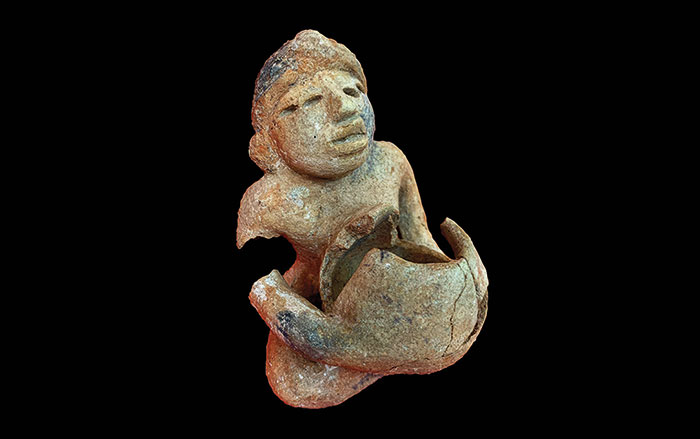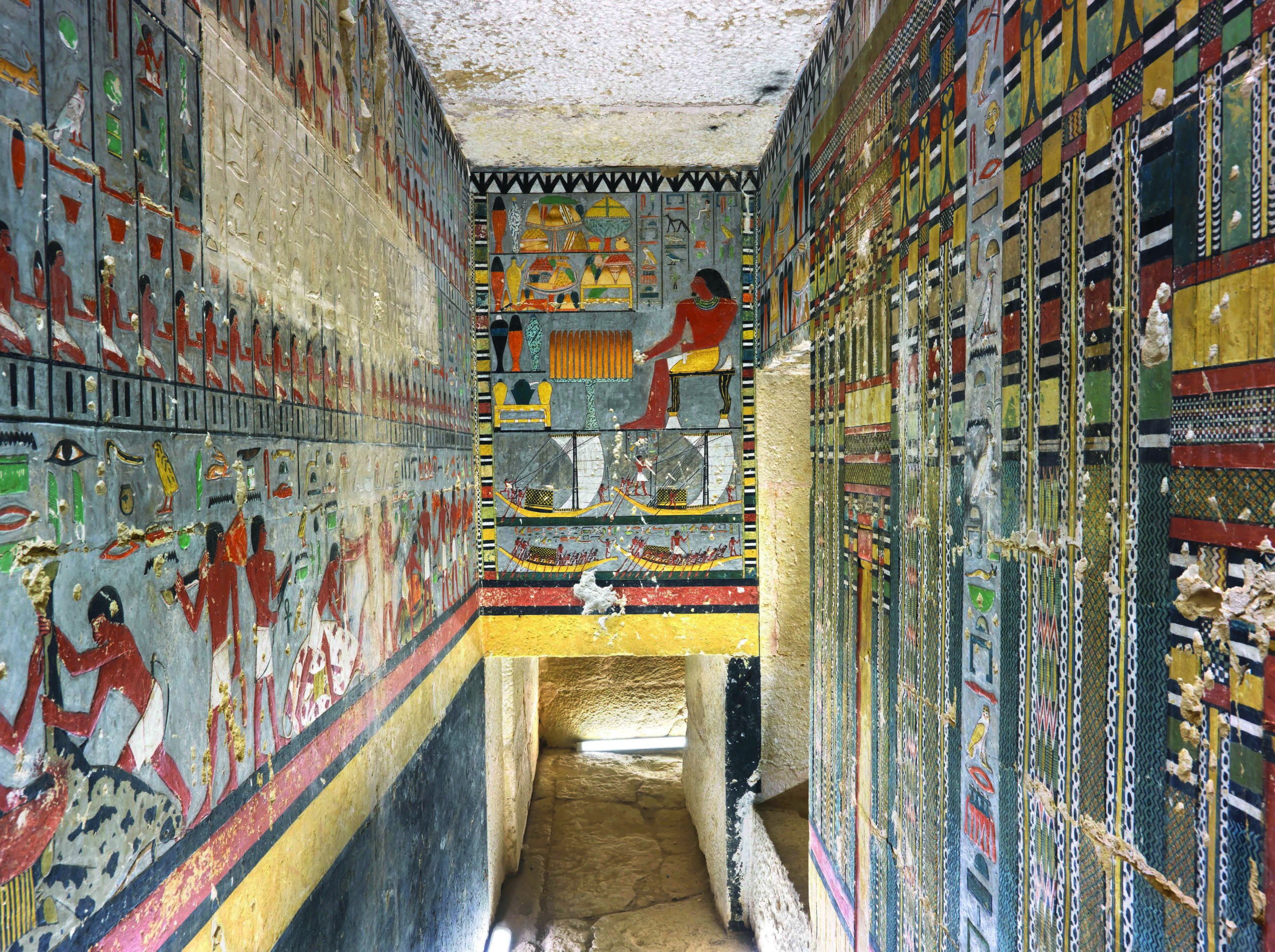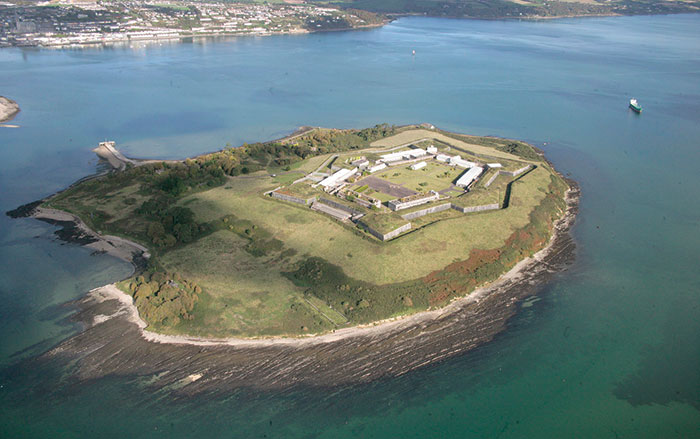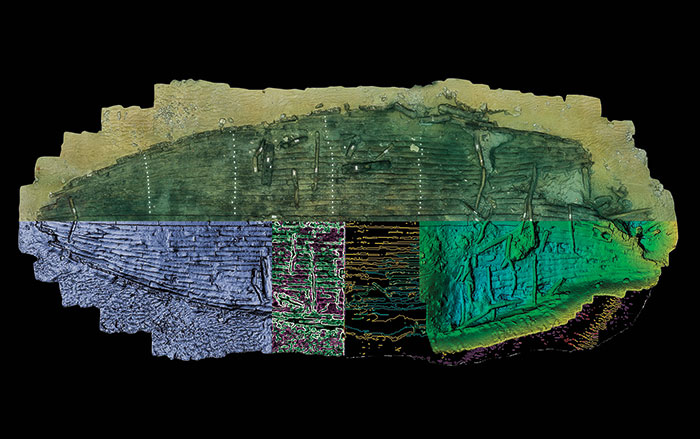
TULUM, MEXICO—According to a statement released by the Public Library of Science, Wolfgang Stinnesbeck of the University of Heidelberg and his colleagues examined a set of 9,900-year-old bones recently recovered from the underwater Chan Hol Cave, which is located on the Caribbean coast of the Yucatán Peninsula. The remains are thought to have belonged to a woman who died at about 30 years of age. Her skull resembles other Paleoindian skulls found in the cave, and she also had cavities in her teeth. Stinnesbeck said other skulls unearthed in North America from this time period are usually longer and narrower than the skulls from the Tulum cave. In addition, their teeth are worn, without cavities, suggesting that their diet included hard foods. Stinnesbeck and his colleagues think the differences they observed in skull morphology could be evidence of more than one group of migrants to the Americas, or the result of the isolation of a small group on the Yucatán Peninsula. Read the original scholarly article about this research in PLOS ONE. To read about the remains of another Paleoamerican found in a Yucatán underwater cave, go to "Naia—the 13,000-Year-Old Native American," one of ARCHAEOLOGY's Top 10 Discoveries of 2014.










